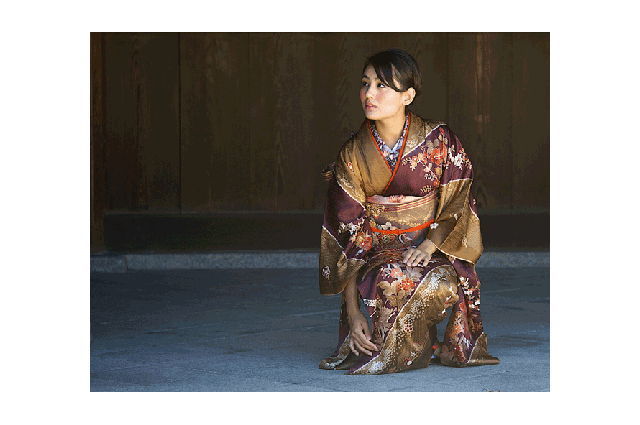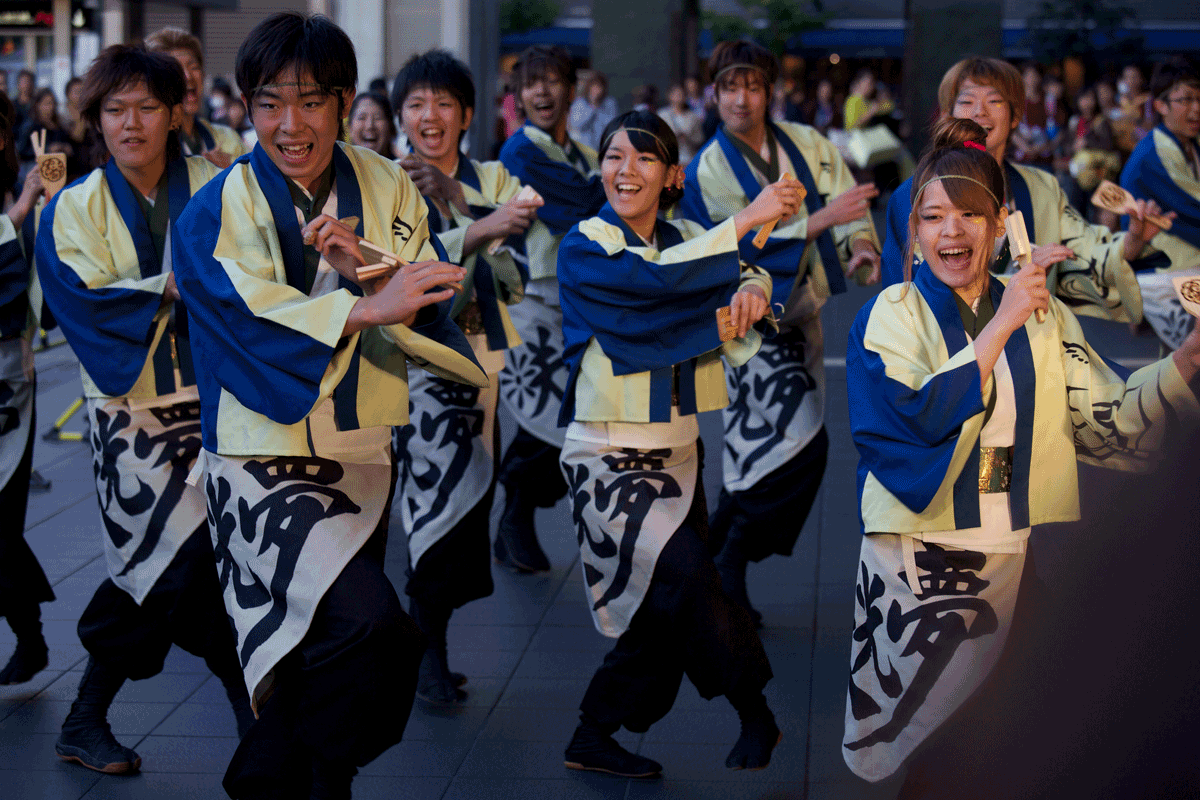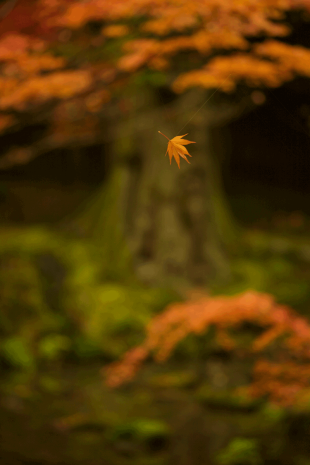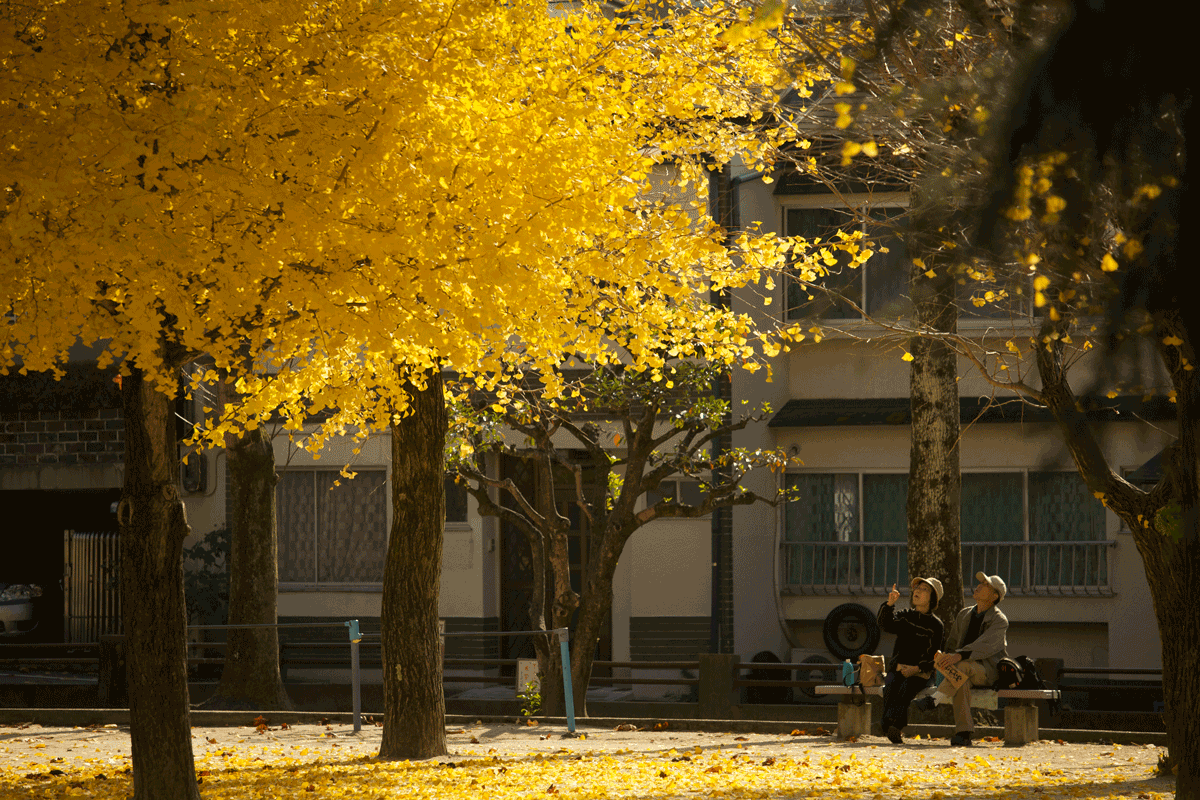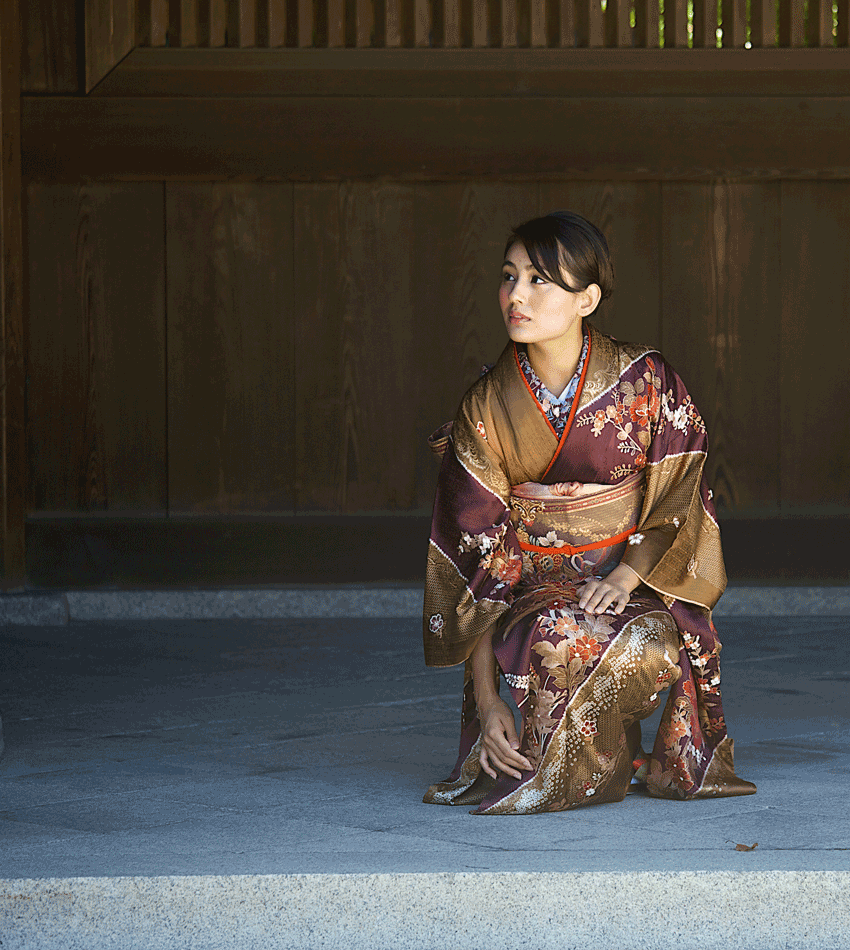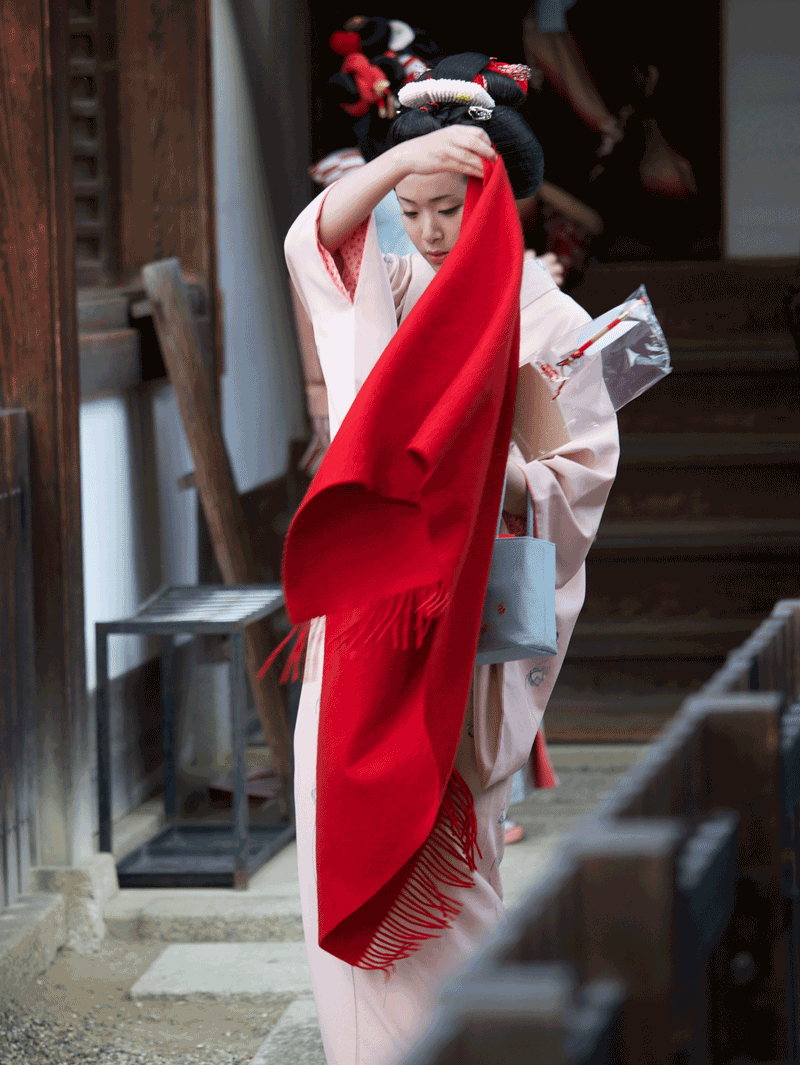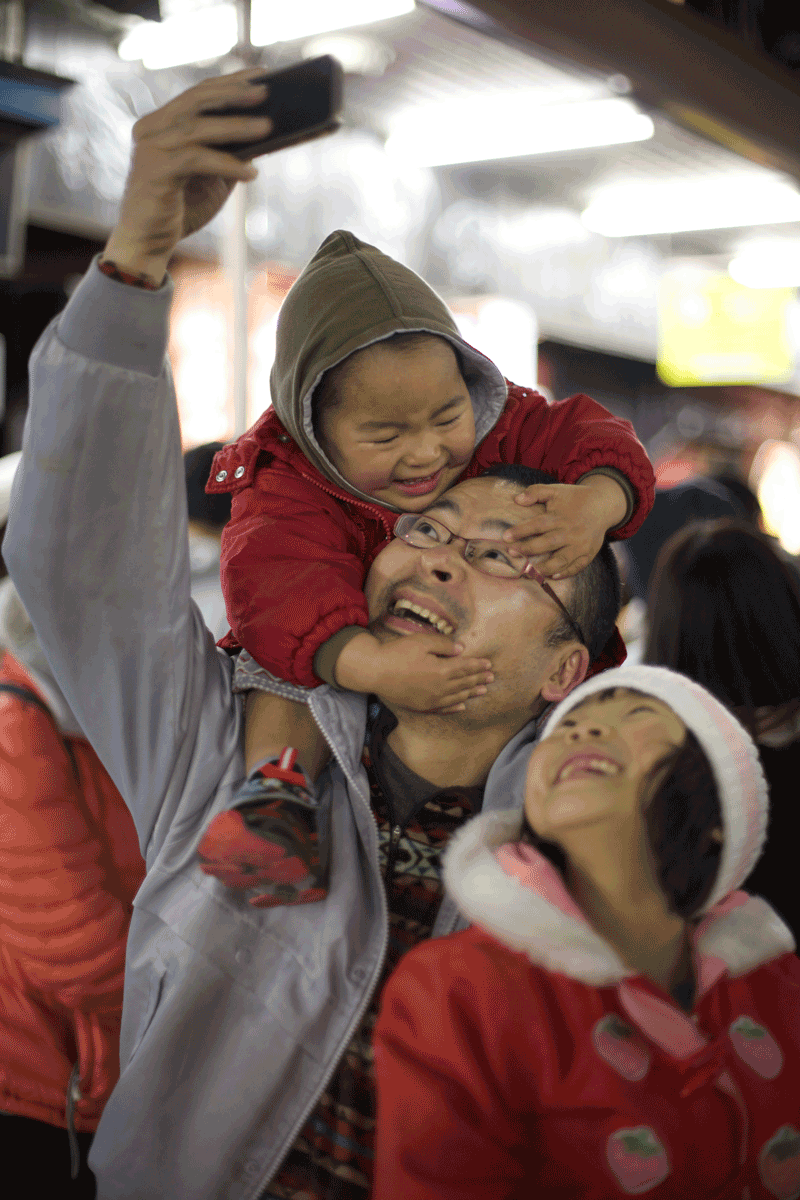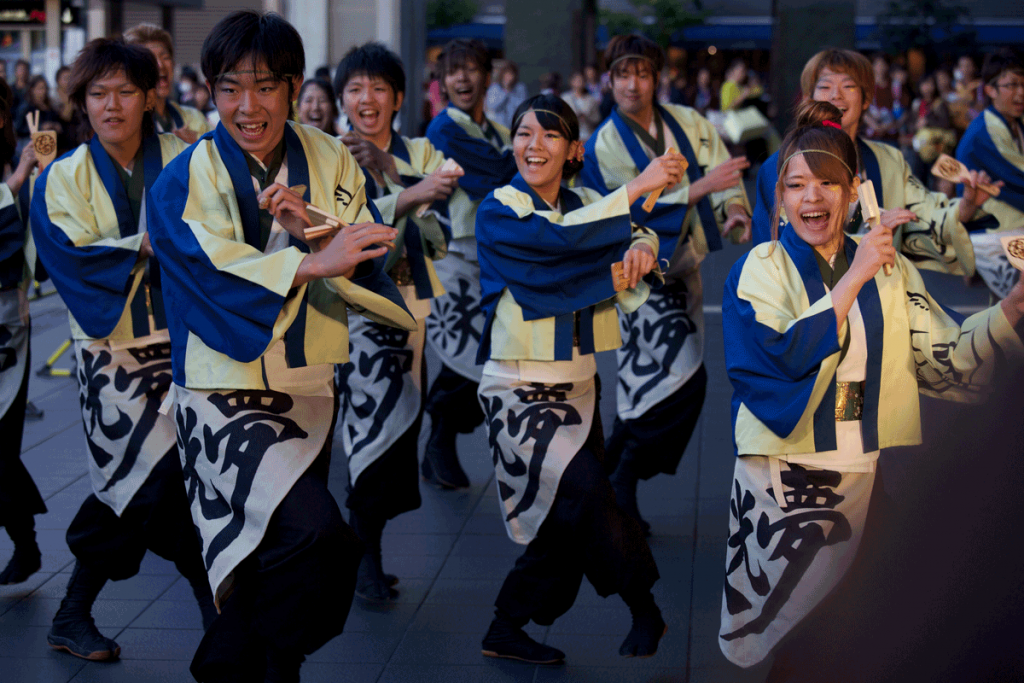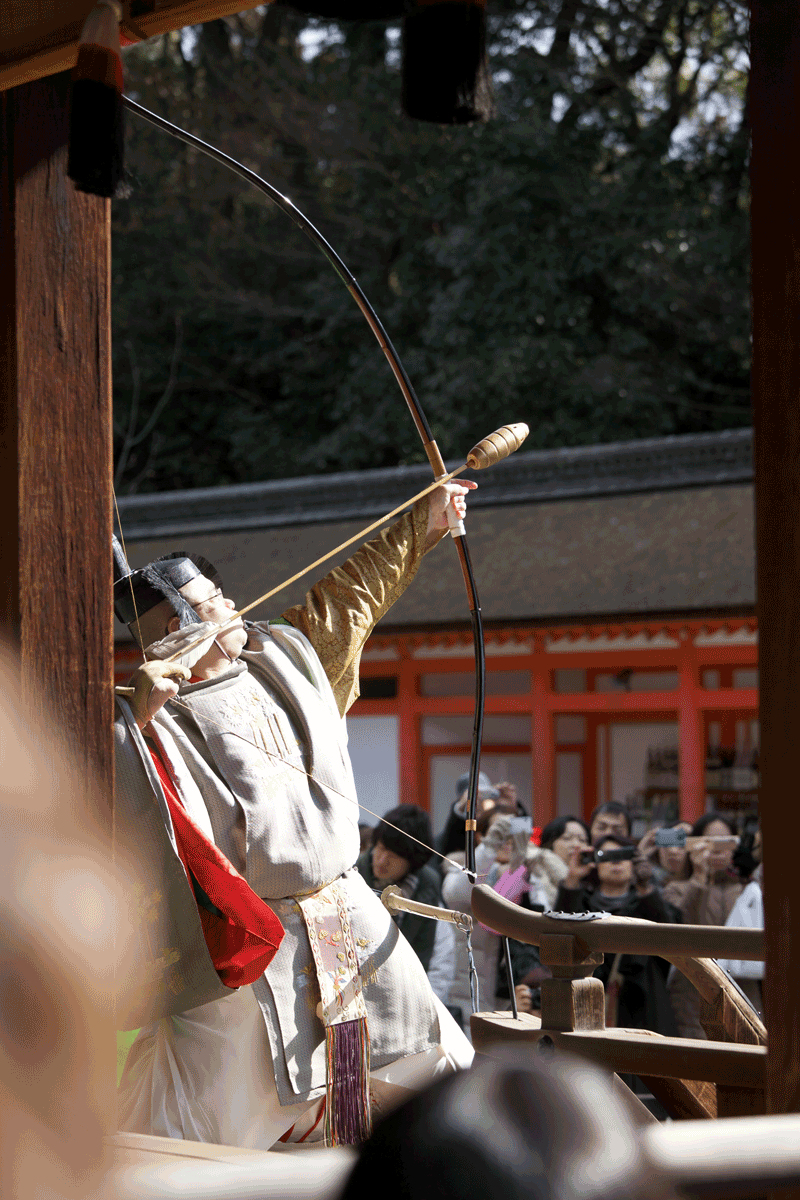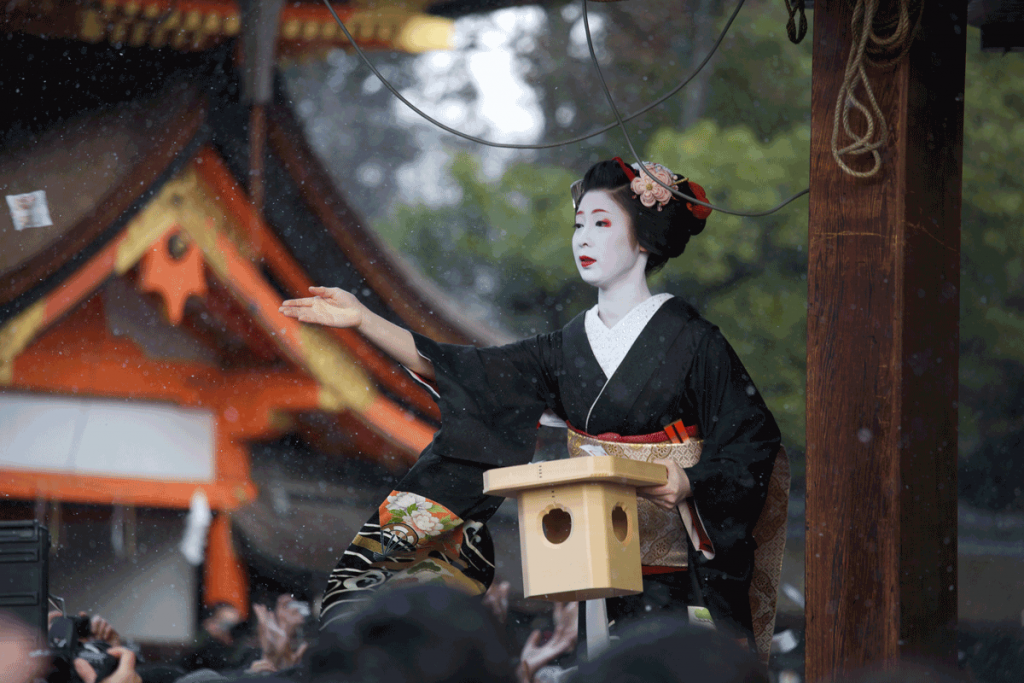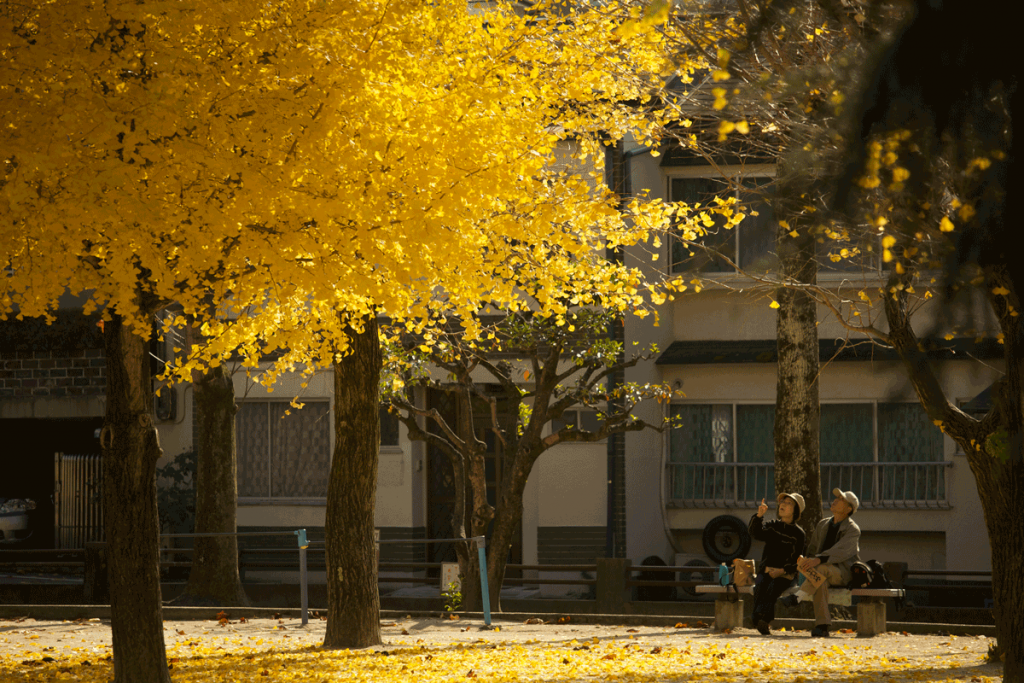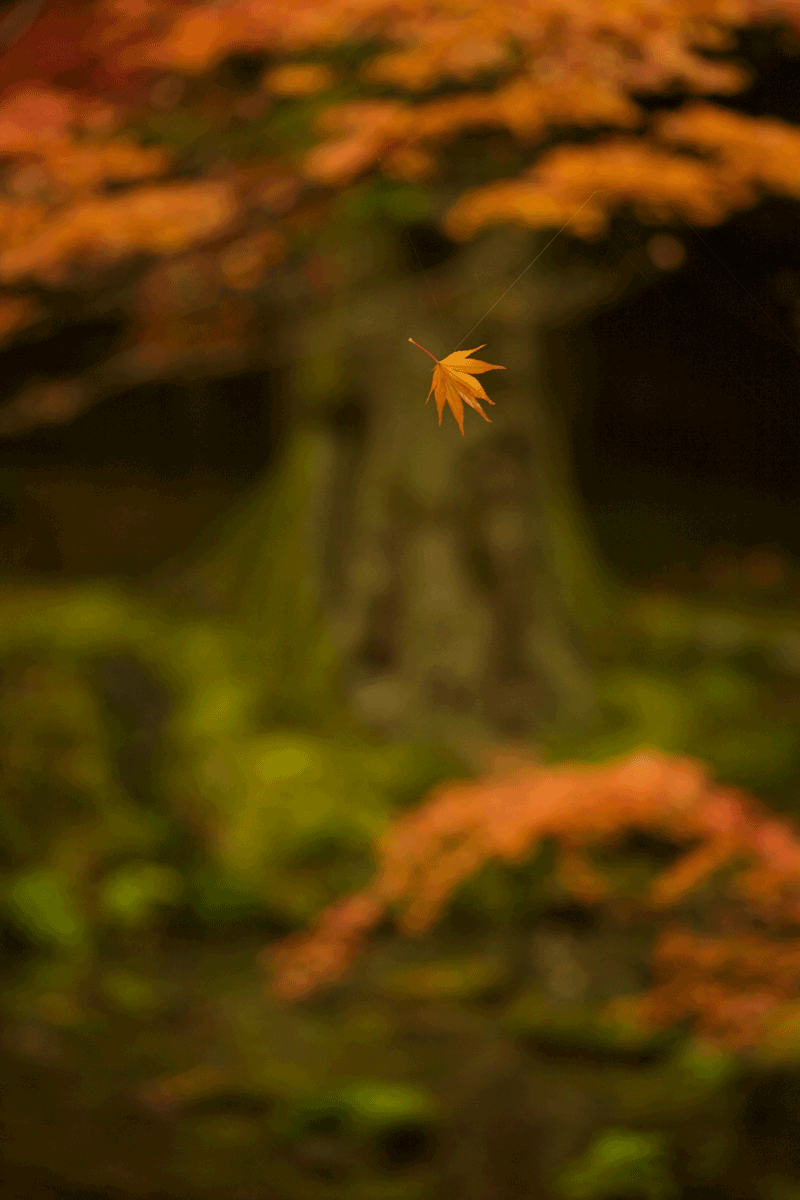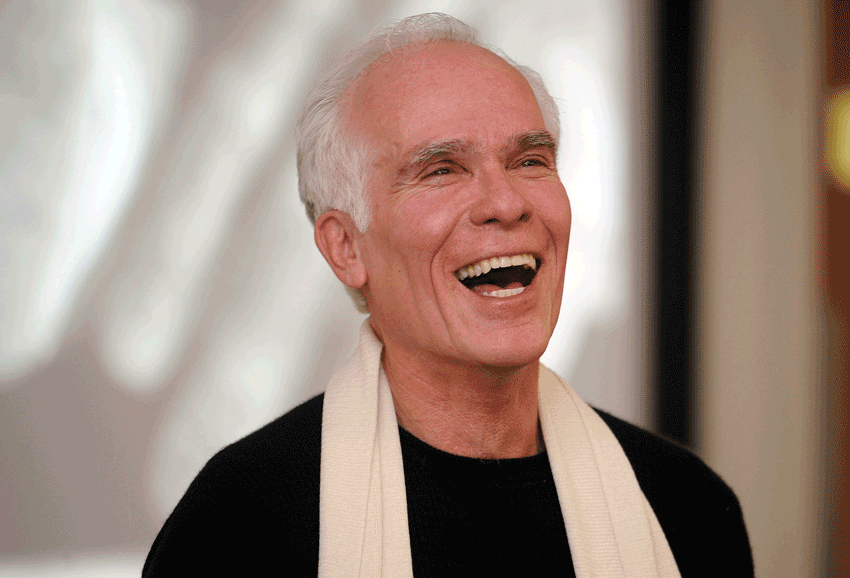The former district attorney for Los Angeles uses the power of photography to challenge, persuade, and connect.
By Alec Jordan
One of the first phrases that comes to mind when considering the arc of Gil Garcetti’s career is “beating swords into ploughshares.” Although the Los Angeles native now spends many of his days as a globe-trotting photographer, for the majority of his professional life, he worked as a public prosecutor, and was the District Attorney for Los Angeles County for eight years. He garnered the most public attention as a D.A. during the O.J. Simpson trial in the mid-90s, but the tough-on-crime prosecutor was also known for being equally hard on his police force. According to an L.A. Times story, Garcetti, while working on a D.A. unit that was looking into police brutality, heard the following from an officer, on hearing that he was going to be investigated: “You know what, Mr. Garcetti, if you were dying in the street and I saw you, I would step right over you.”
Looking at his new body of work, it is hard to imagine those hard-fought political battles that marked his prior decades. His first two books of photographs—“Iron” and “Frozen Music”—are tributes to the metalworkers who built L.A.’s Walt Disney Concert Hall and to the striking curves of the Geary-designed structure, respectively. Subsequent projects were of a more international bent: “Dance in Cuba” is an observation of the rhythms that accompany life on the island nation, while “Water Is Key” takes on the topic of providing safe drinking water to the people who live in the nations of West Africa. His most recent book, “Japan: A Reverence for Beauty,” is a window into what Garcetti sees as the country’s unique approach to aesthetics, and the product of more than 10 visits to Japan over the course of nearly five years.
Garcetti was in Tokyo last month as a part of a delegation with Los Angeles’s Japanese American Cultural & Community Center, and Weekender caught up with him to learn more about the inspiration behind his latest book, how images can be as powerful as legal arguments, and what he sees as the future of the relationship between the City of Angels—where his son, Eric, is now mayor—and one of the largest cities in the world.
The former lawyer and his wife had been coming to Japan since the 1960s, but inspiration for the project dates back very recently, to moments on a trip just a few years before. Garcetti describes the most powerful as follows: “I was taking photographs in a moss garden in Kyoto when I come around the corner and I see in the distance a maple leaf that I think is falling, but it’s staying there, suspended in midair. I noticed there was a group of about five or six youngish Japanese, and they were looking at it and I could tell that they were wondering the same thing as I was: ‘How in the world is that being held up?’ Then, as soon as the clouds parted, the sun came through and it caught the spider web that was holding it up. We all said ‘ah,’ and smiled and laughed…And as I’m walking away, I say to myself, ‘Where in America would this have taken place? Where you’d have some people who would stop to examine what’s going on with this one leaf.’ It was just extraordinary.”
The book is a collection of moments like these, whether capturing the natural beauty of landscapes, examples of traditional craftsmanship, or in the most Japanese of instances, nature that has been, in some small way, affected by a human touch. But they are also marked by a photographic technique Garcetti had been developing since his days as a prosecutor, when he would always carry a small camera with him to take shots during the day. He credits Warren King, a photography teacher from early in his life, for teaching him to be willing to shoot from different angles—lying face up, or standing on a ladder—but most importantly, “actually seeing. Not just looking, but seeing.”
His goal with the book, as he explains, is to awaken in Westerners a similar ability to recognize those small aesthetic moments in daily life, and to kindle in them an interest to find out more about Japan. While his enthusiastic appreciation of the attractive aspects of the country might run counter to what many of us see as the uglier sides to Japanese city life, Garcetti argues that he sees beauty there too, in the combination of older architecture and the new, for example, and in the endless fashion show that presents itself around town. But in the end, the lawyer-turned-photographer doesn’t mind if people disagree with him, just as long as they start thinking: “There’s no question that’s what I’m trying to do. My photographs are really photographic essays, and I view almost every one of my books as being a calling card: this is just opening the door, I hope, to a discussion.”Garcetti opens the door for discussion, but he admits that his images are presented and arranged with a specific intent to convince his readers—something that “pure” art photographers might not be able to do. “This is what distinguishes me from most photographers: I’m a trained advocate. I was trained in the courtroom to try and persuade jurors to come to a certain conclusion. And that’s based on me being able to get all of the facts, understand as much as can about the subject matter of the lawsuit, and then to put it together in a coherent way, and in a persuasive way.” He has also amassed a strong group of essayists to collaborate with on the book, from famed travel writer and long-term Japan resident Pico Iyer and scholars Kendall H. Brown, Hitoshi Abe, and Atsuko Tanaka.
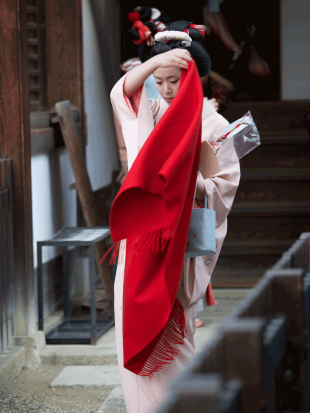
Seen from the perspective of a photographic “argument,” then, many of his books start to take on another life. “Iron” and “Frozen Music” can be seen both as paying respect to an influential architectural project and the skilled workers who made it happen, but perhaps as a unique way of reconnecting with the city after a difficult political battle put him out of office in 2000. His depictions of Cuban dancers, opening an aperture into a nation that U.S. policies had shut away from most citizens for decades. Another book, “Paris: Women & Bicycles,” can be seen as a photographic push toward getting notoriously car-infatuated Angelenos away from their steering wheels and trading them for handlebars.
And the deep appreciation for Japanese aesthetics can also be seen as a means of strengthening the bridge between Japan and the city that has long been one of the major centers of Japanese immigration to the States. It is certainly a link that Mayor Eric Garcetti is planning to bolster. As the elder Garcetti pointed out, his son, who studied here as a high schooler, has been clear about making a strong relationship with Japan a priority in his administration. He already came on an official visit last November, and has pledged to do so again every 18 months, rather than the four years that is traditional for L.A. mayors. In turn, Abe’s visit to the city was marked by close interactions between Mayor and Prime Minister. In the years to come, Garcetti predicts, “you’re going to see a closer relationship than you’ve had in the past with Japan and Los Angeles,” and the pictures in his latest book may serve as ambassadors towards that end.
Regardless of their potential deeper meaning, the photographs would not have their power were they not visually arresting—a quality that has grown not just from his practice as a cameraman, but as a public prosecutor. Garcetti recalls a conversation he had with another mentor, the celebrated architectural photographer Julius Shulman: “He told me that when he saw my photographs, he asked me why I was the D.A. in the first place, because he thought that photography was what I should have been doing all along! I said ‘maybe so, but I see today based on all of my experiences of life. If I’d gone into photography when I was 21 years of age, I wouldn’t be seeing with the same eyes that I see with today.’”
To find out more about ordering a copy of Gil Garcetti’s “Japan: A Reverence for Beauty,” visit www.garcetti.com or contact [email protected] or [email protected]
Photos courtesy of Gil Garcetti

